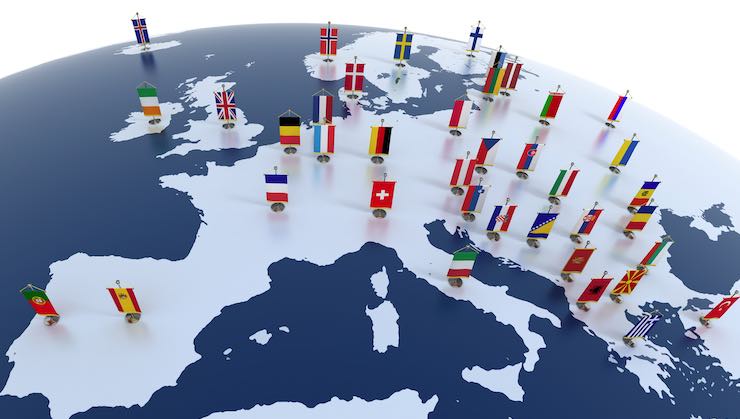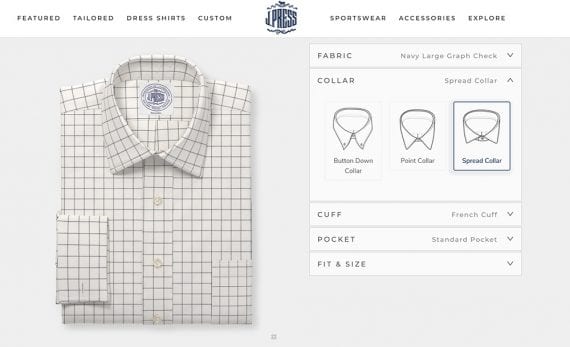There are several catches, however. For one, merchants have to charge the correct VAT based on the destination country. Second, the ecommerce software has to integrate with the chosen country’s portal. And, importantly, you cannot use IOSS if the order exceeds €150.
In short, it’s a lot of work for non-E.U. merchants to sell to E.U. consumers. Many merchants may not bother.
Exports are far more than huge shipments among multinational corporations. They also include the sale of goods from U.K.-based ecommerce sites.

Given that Covid-19 has changed consumers’ shopping habits — from brick-and-mortar to online — many U.K.-based ecommerce retailers have looked to increase domestic sales to compensate for the E.U. loss.
E.U. VAT Changes
Ireland is the obvious choice for U.K. and other English-speaking sellers, but its geography gets in the way — shipping costs are not ideal. A mainland European country may be better. The best location would depend on what you are shipping, how you get your stock to the warehouse, and the location of your customers.
An alternative to paying monthly VAT to 27 countries is to open a warehouse or use a fulfillment center in the E.U. Place merchandise in one country, and you’ll have just one VAT to contend with. Then ship orders within the E.U. from that warehouse and avoid further VAT altogether.
Selling and shipping to E.U. consumers were simple prior to Brexit. It is now much harder, especially as E.U. customs and VAT rules are tightening on July 1.
Exports from U.K. ecommerce merchants to E.U. consumers have dropped.

E.U. Warehouse
The second option for non-E.U. sellers is to calculate and charge the VAT at checkout and then register and remit it to the appropriate country. That, however, could be a serious administrative headache as the E.U. has 27 member countries.
To date, most E.U. consumers are confused by the new rules. They either refuse delivery, leaving the ecommerce company to pay for the return costs as well as refunding the customer the original purchase costs, or they pay and complain. They may even instigate chargebacks.
Many U.K. ecommerce companies have ceased shipping to the E.U. Hence the drop in export figures. And it’s not just small companies that have stopped. John Lewis, the large mass merchandise retailer, has temporarily stopped selling into the E.U. pending the new regulations. But smaller merchants may opt for a permanent cessation due to the extra administration.
A post-July 1 alternative is the E.U.’s “Import One-Stop Shop,” or IOSS. Non-E.U. sellers can register with one E.U. country and then pay the monthly VAT for all E.U. sales, in all countries, to that portal. This facilitates the E.U. customer paying the VAT on checkout, avoiding an unexpected bill.
Overall Impact
Thus the pandemic has mitigated the effects of Brexit on U.K. ecommerce sellers. Exports are down, but domestic business and turnover remain good. The U.K.-E.U. split has changed ecommerce. It has not necessarily damaged it.
January 2021 was the first month of the U.K. not belonging to the E.U. According to the U.K.’s Office for National Statistics, exports to the E.U. dropped 40.7% in January from December 2020. Since then, U.K. exports to the E.U. have slowly picked up, but they have not recovered to pre-Brexit levels.






